
We’re Not Building Potemkin Villages
 9 min
9 min
We’re Not Building Potemkin Villages
Workshop Diary 3
Translator: Austin Wagner
In the foreword to Margaret Atwood’s The Handmaid’s Tale, she writes that everything in the novel had, somewhere and sometime in the course of history, already happened, nothing was merely a product of her imagination. She decided to say this because she didn’t want to be accused of sensationalism, of trying too hard, or of exaggerated brutality. Gilead and the handmaids are obviously fictional (let’s hope they stay that way), but when creating a fictional time and place, an author always has decisions to make: how will I make this fictional world realistic for the reader? Or at the very least, believable? Because the goal is to create a system which feels real as you’re reading it: otherwise we’re just writing morality tales or propaganda.
We’re not trying to build Potemkin villages. That’s a different craft.
I frequently hear that speculative fiction, especially fantasy, is “easy” to write because all you have to do is come up with something wild and impossible, and presto, you’re done. No need to worry about reality, no need to carry out any research, imagination is all you need. In reality, it’s the exact opposite which is true. The wilder the impossibility we create, the harder we have to fight for the reader’s trust, for them to believe what we’ve created. The first sentence is a contract between author and reader: “okay, you take me to a world with different physics, with magic, to the future, to the past, and I’ll believe you when you say it works this way, but only as long as you’re convincing enough.”
The further we stray from reality, the more carefully we have to tread, lest the false façades and papier-mâché houses be exposed to the reader. It’s like we’re pulling on a rubber band: the more we stretch it, the farther we are from its state of rest, the more it tenses. And it’s this tension the writer has to work with.
If we’re not careful, the rubber band can snap back on our hand. And it’s got one hell of a sting.
But it’s not always so difficult to make fictional things into reality. A Twitter user invented Listenbourg, and soon enough it had a map, a flag, currency, and a national symphony, as if it were a real country. We only stretched the rubber band of reality a tiny bit: there are existing European countries with similar-sounding names, many people can’t fill in a blank map of Europe, and hey, if it’s on Wikipedia, surely it’s true.
If we tether our fiction to reality with appropriately realistic details, it becomes believable. And this is exactly what literature tries to do. I’m just now reading Nyuca, the experimental novel by János Csepregi, András Dániel, and Árpád Kollár, which, among its many other undertakings, perfects this concept. The nyuca is a made-up creature, a mix between a rabbit (in Hungarian, nyúl) and a cat (cica), commonly known as a cabbit in English. It’s not such a “wild impossibility.” Rabbits and cats are real things, and cross-species mixing is rare, but not unfathomable. If nothing else, everybody knows about mules, a cross between a donkey and a horse. Of course rabbits and cats come from completely different genuses, but the mechanism of mixing breeds isn’t unheard of. And the book uses every possible tool to dissolve the tension between fiction and reality – it deploys everything it can to convince the reader, even getting the authors in on the game: the book begins with a foreword indicating the authors had secretly thrown this manuscript and the results of their research into the publisher’s mailbox before they disappeared, possibly becoming victims of the powers-that-be for their unsanctioned research.
Biology and anatomy, history, literature and poetry, legends and folklore, pop culture, lexical records. The text ties the nyuca to reality at so many points, it works so hard to make its fiction believable – not to mention its exciting experimentation in linguistics, form, and humor – that the reader does not for one moment fall out of the created world. While reading, they accept that the nyuca exists, and suddenly it doesn’t seem so stupid that the three stripes of the Adidas logo stem from the three stripes of the nyuca’s fur, or that it was not a miraculous stag but a golden-fleeced nyuca which led Hunor and Magor, forefathers of the Hungarians, into the Carpathian Basin. It works because it references historical facts, individuals, newspapers, brands, and literary figures the reader already knows, thus creating points of connection.
It’s easier to insert a new element into an existing worldview than it is to get a reader to accept an entirely new worldview. Speculative fiction works in a similar way, it’s just that sometimes the gap between fiction and reality is quite a bit bigger.
The reason I’m so preoccupied with this at the moment is because at the start of a novel—which truly comes from “wild impossibility,” I can promise you that—this is exactly what I have to decide. First of all, how much do I stretch that rubber band of reality. And afterward, how will I balance out my impossibilities, what will I use to make them believable.
I often feel more confident if I can place a story in the present – if I come up with a fictional department of the United Nations and populate the real buildings of the Hungarian city of Kistarcsa with breeds from Irha és bőr, it’s easier to believe they could exist – but I almost certainly won’t have the chance to do that this time. I could make use of a secondary world, cutting the concrete ties to reality like much fantasy does, but I’m not sure I would enjoy doing so. And besides, even secondary worlds are largely built on a reader’s existing knowledge and stereotypes: it’s not just because of Tolkien that fantasy so often resembles a medieval setting, it’s because it’s a familiar common denominator. Familiar feudal system, familiar cities, technology, clothing, weapons… and though there’s no reason the situation of women, say, or the rights of the LGBTQ community should be presented in the same way as we imagine them in our own Middle Ages, considering we’re creating a new world, more often than not authors do portray them in the same way. Sometimes out of laziness, but sometimes because they’re searching for a quick common denominator with the reader.
I’m also searching for this common denominator at the moment (which will definitely not be a pseudo-medieval secondary world, that’s not my cup of tea, but I have used settings reminiscent of the post-WWII, West Germany-East Germany time period. The brutalist architecture is a surprisingly quick point of connection). This can really be anything which can balance the real with the imagined, though I do tend to reach for some more than others: characters with realistic problems and relationships instead of idealized heroes; scientific systems, or biological language which brings rationality to the magical; the familiar structure of myth, or a natural conception of the body, maybe even a horrific one, which is truly relatable for anyone wearing a body.
Because at the end of the day, no matter how I do it or what tool I employ, I want the reader to be able to feel this world and its problems: otherwise they’re just walking amongst papier-mâché houses and cardboard cutouts of people.









 English
English
 Français
Français
 Deutsch
Deutsch
 Italiano
Italiano
 Español
Español



 Colaborar
Colaborar

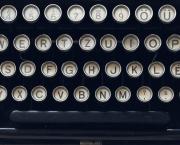
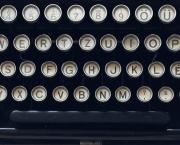
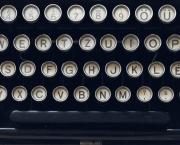
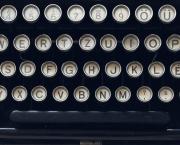
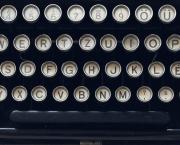
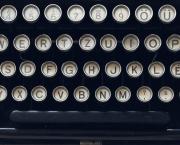
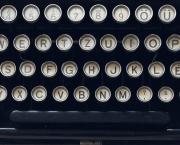
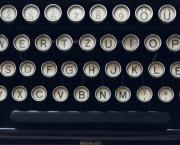
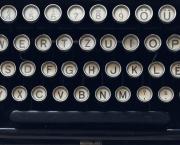

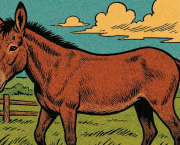

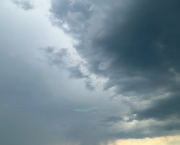
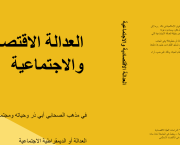

 Puedes apoyar a tus escritores favoritos
Puedes apoyar a tus escritores favoritos





